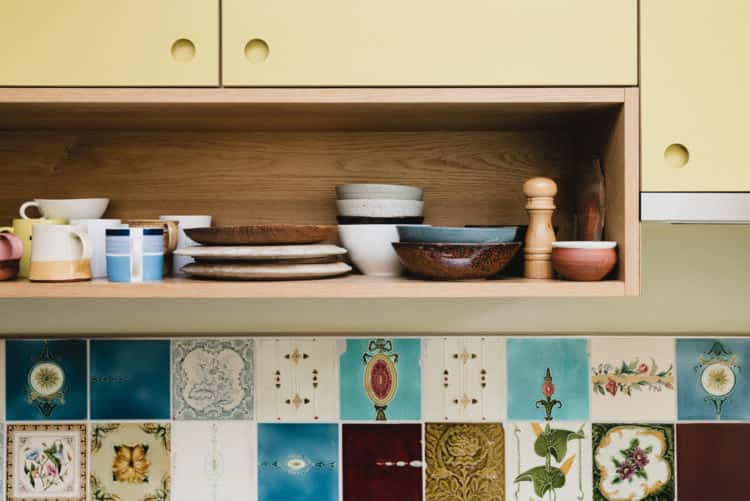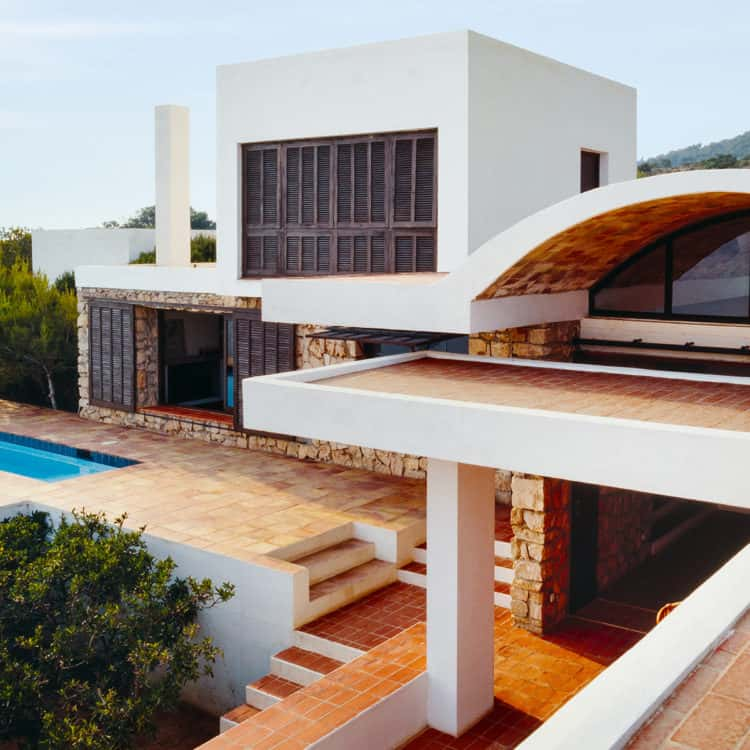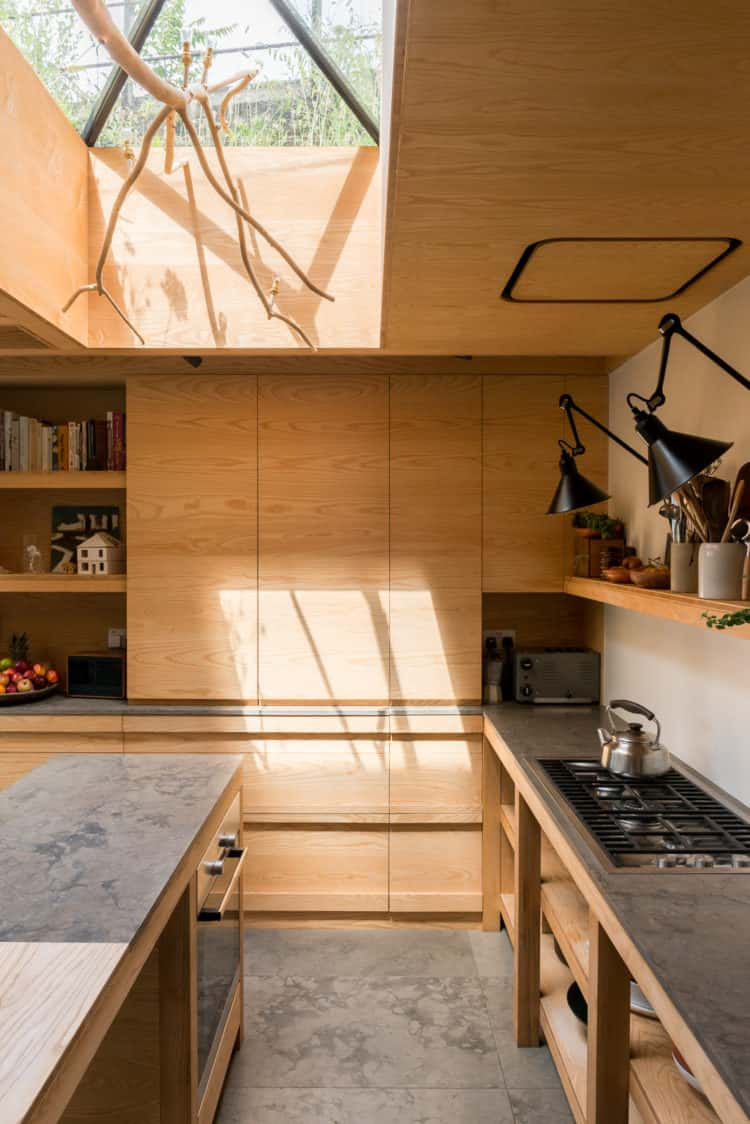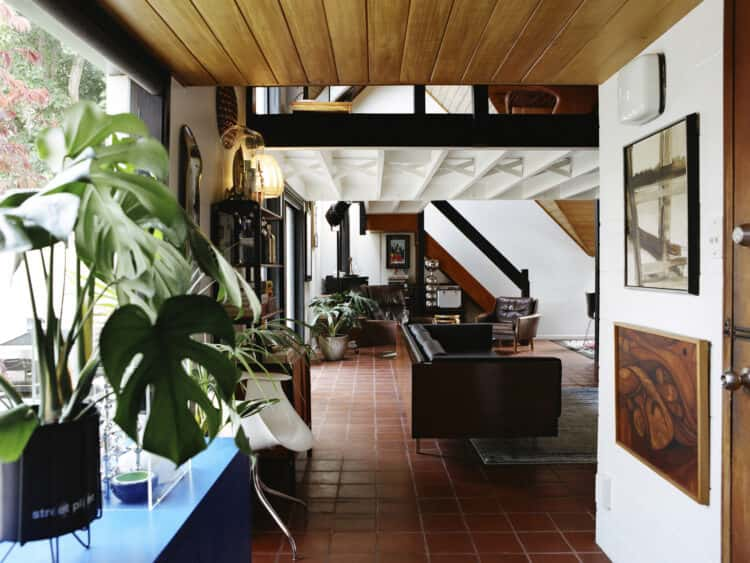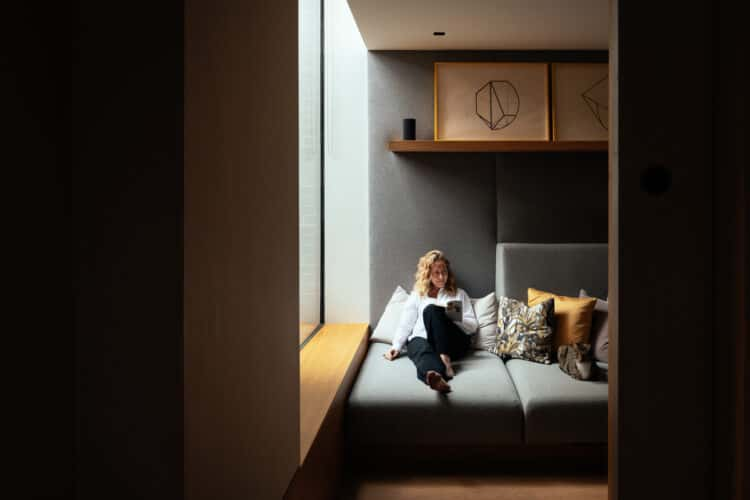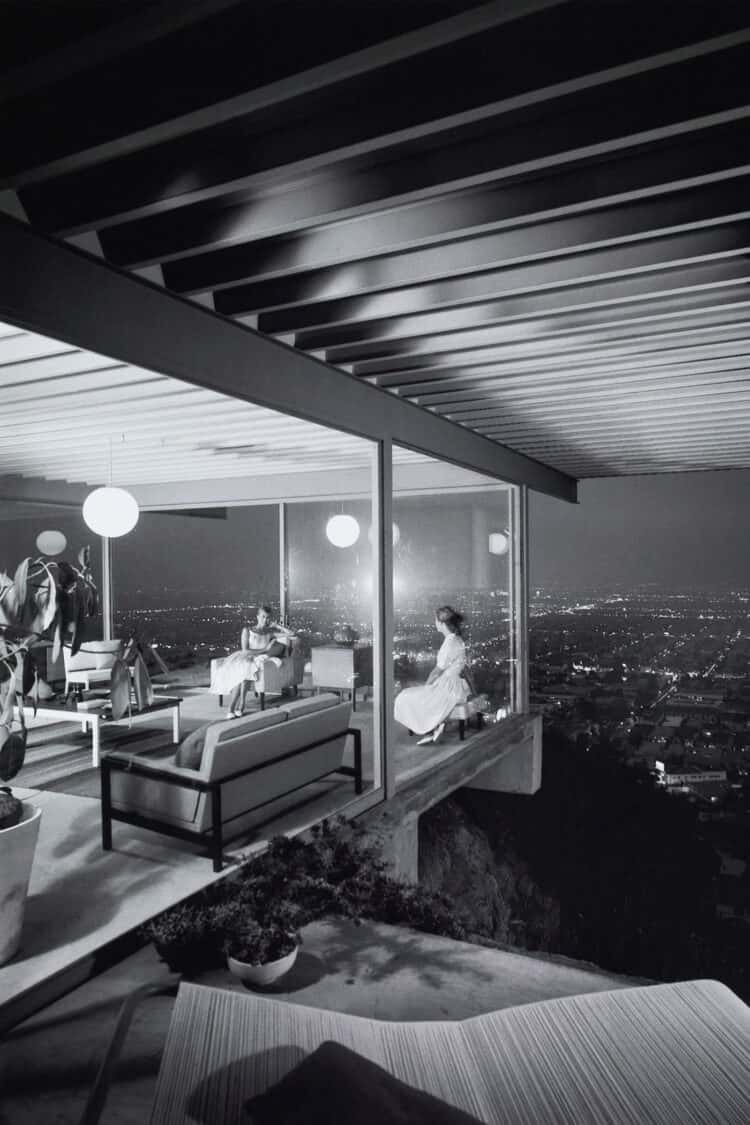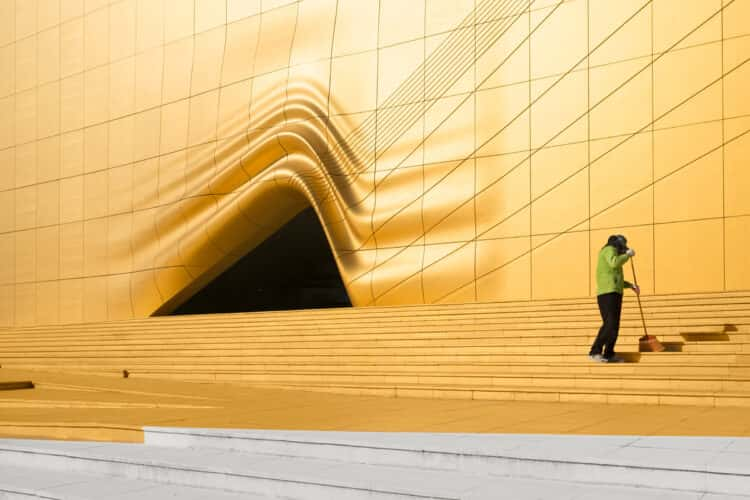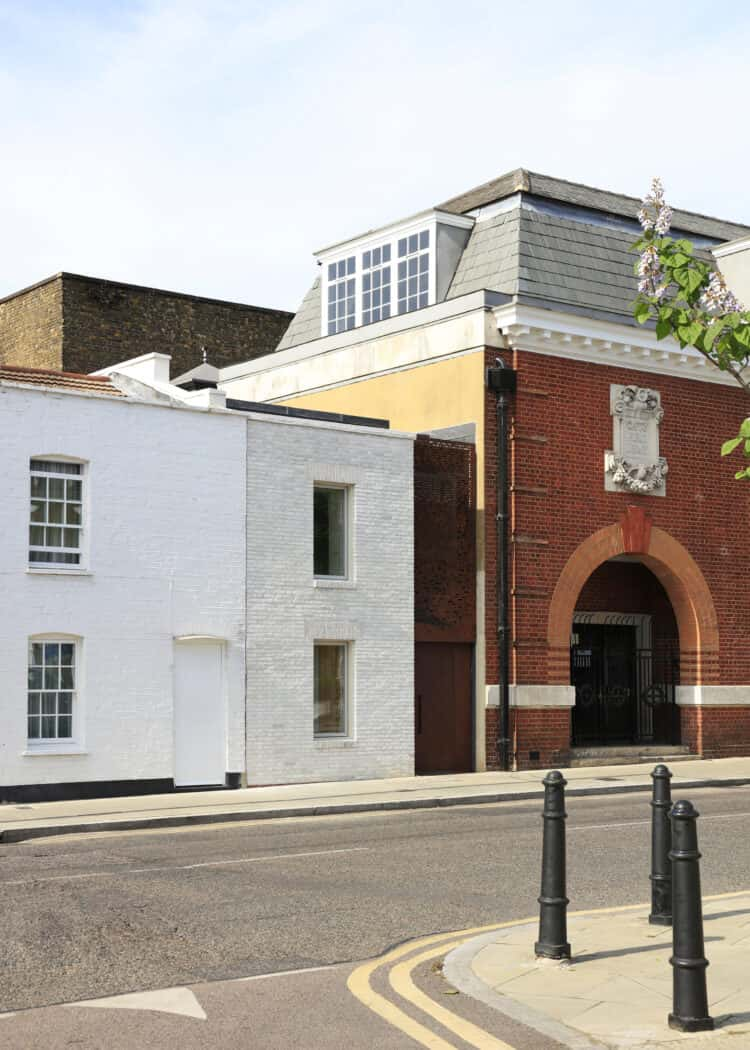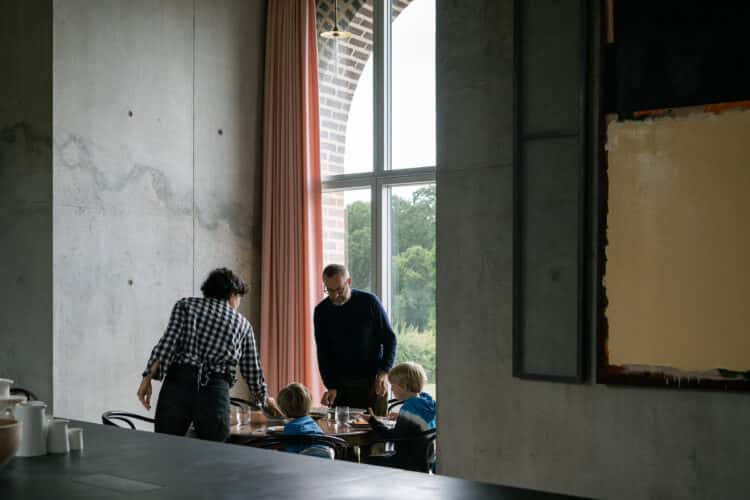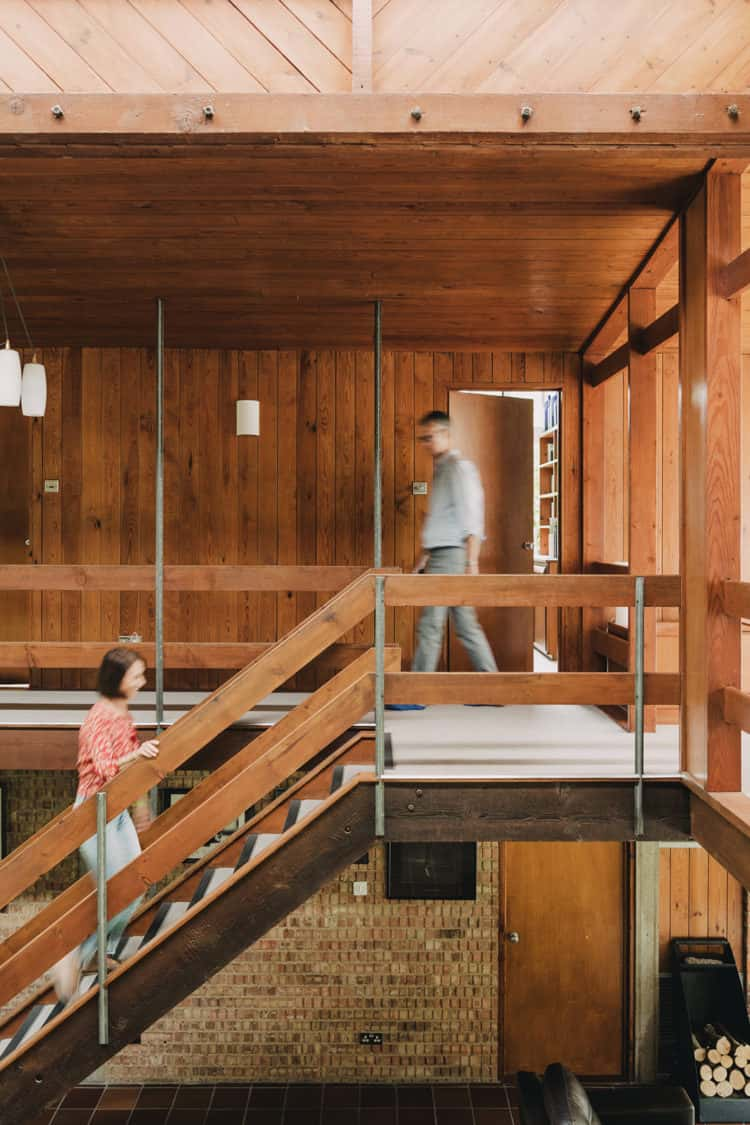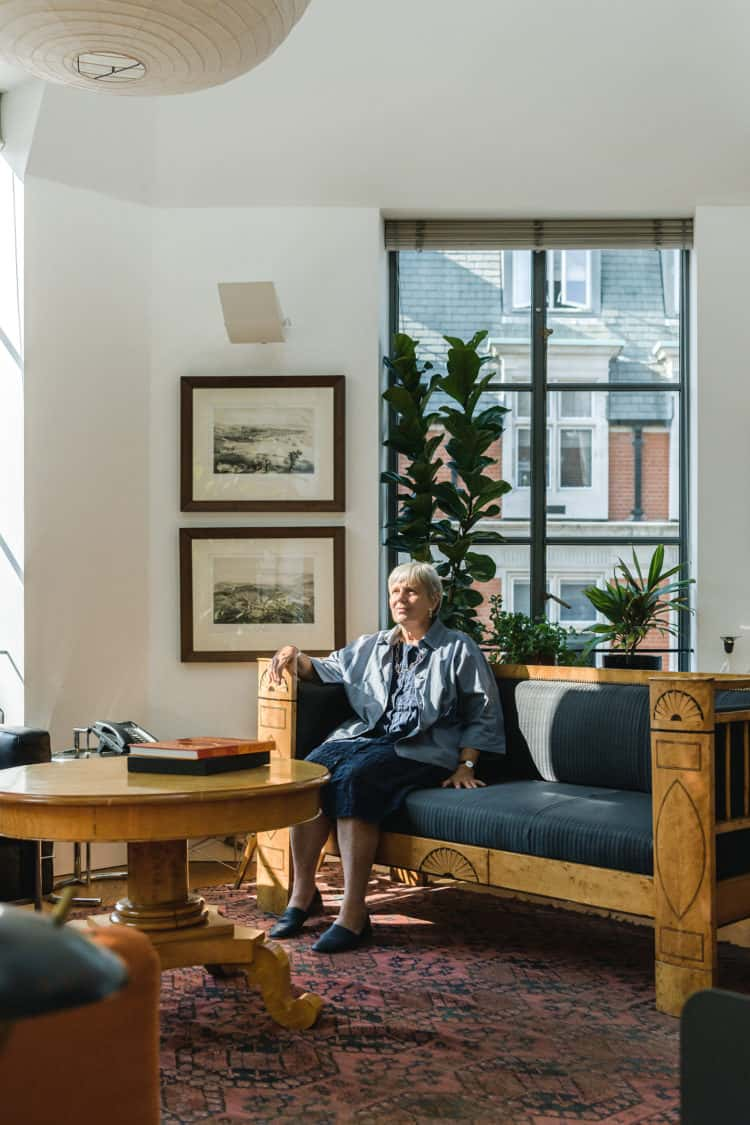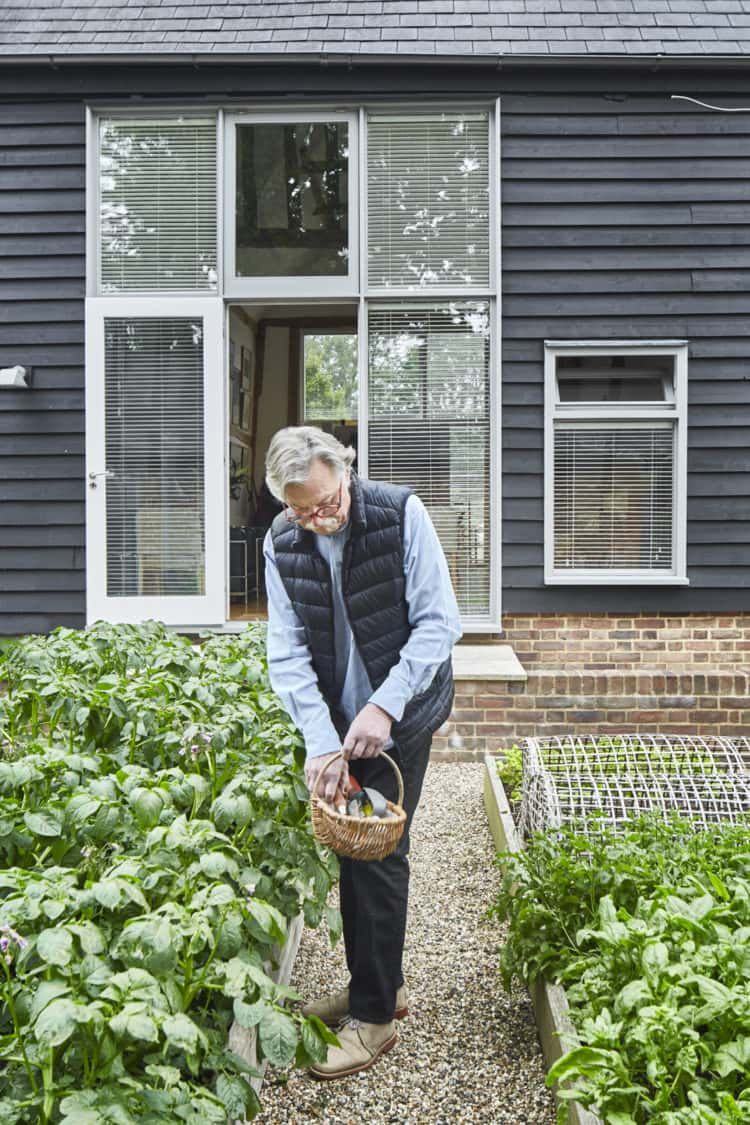How to increase the value of your home: architects give their advice
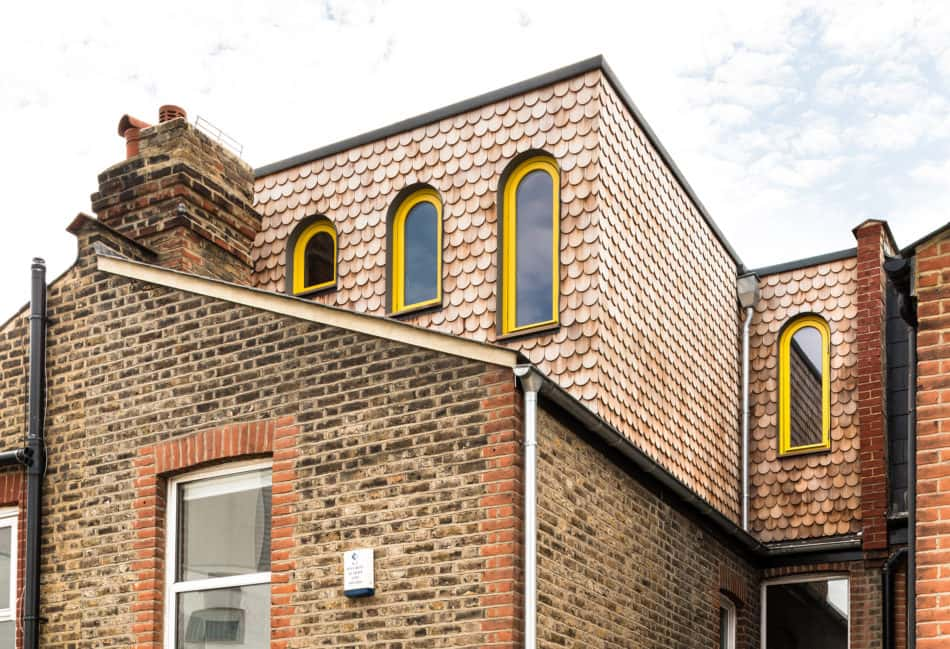
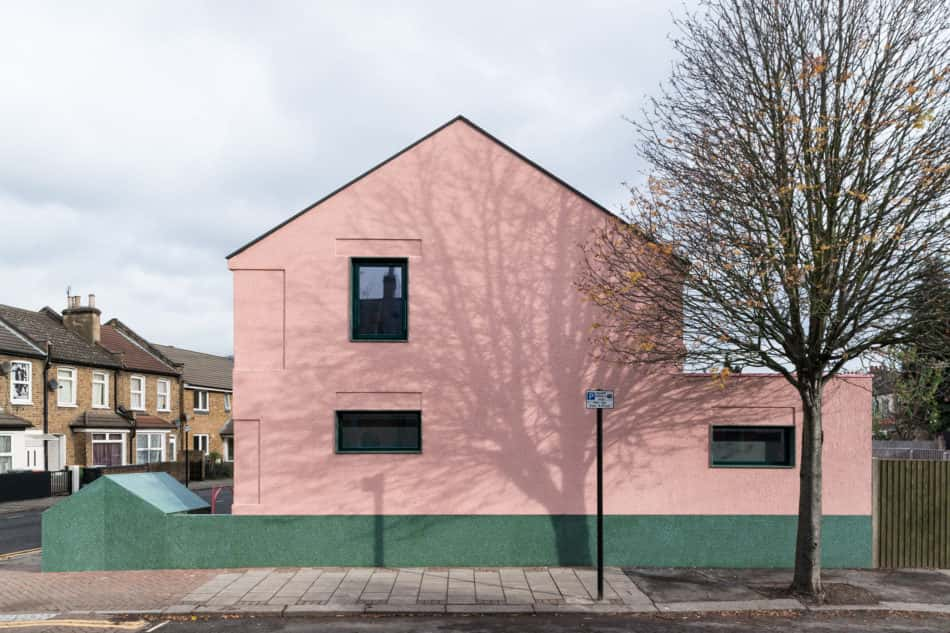
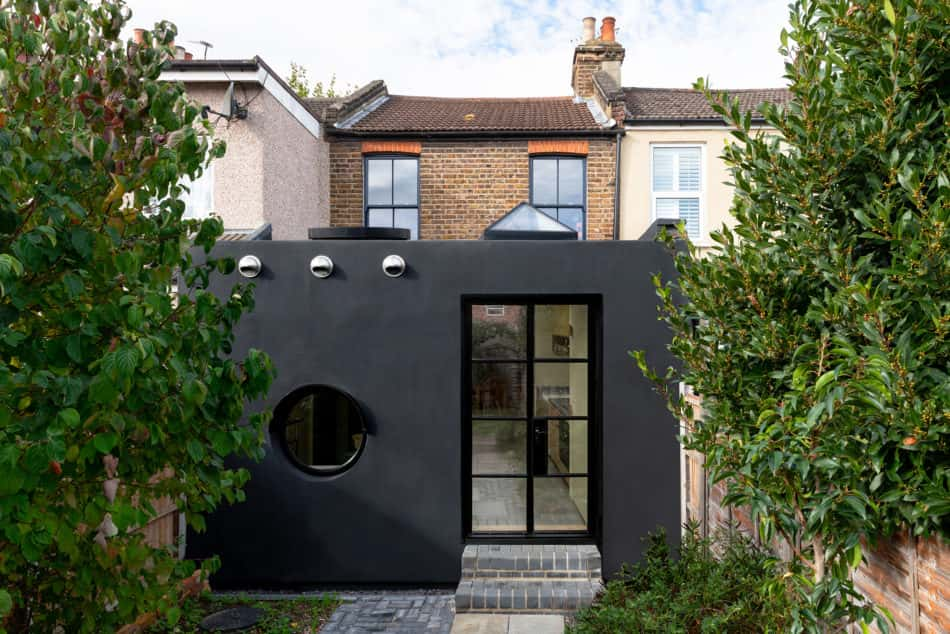
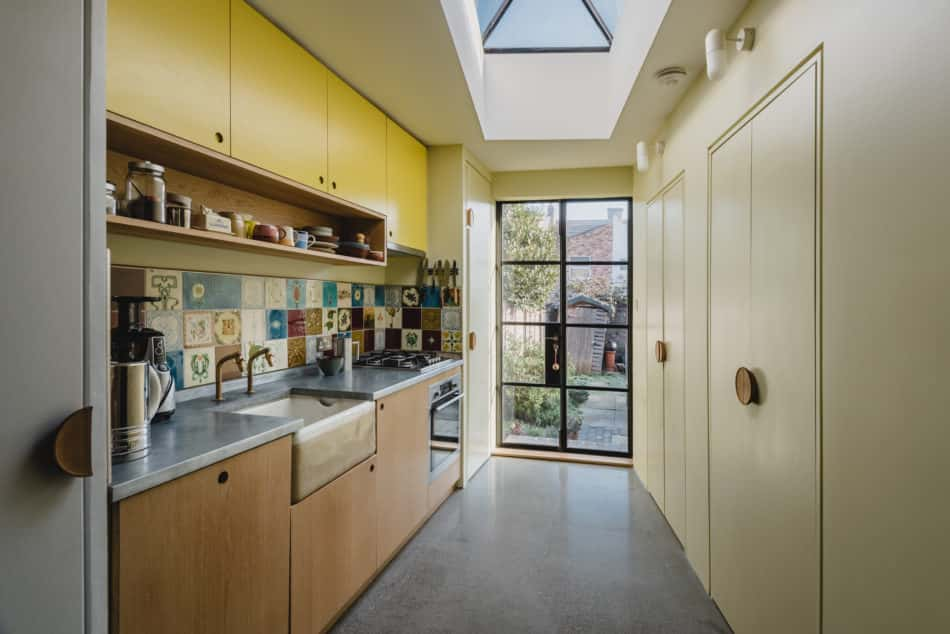
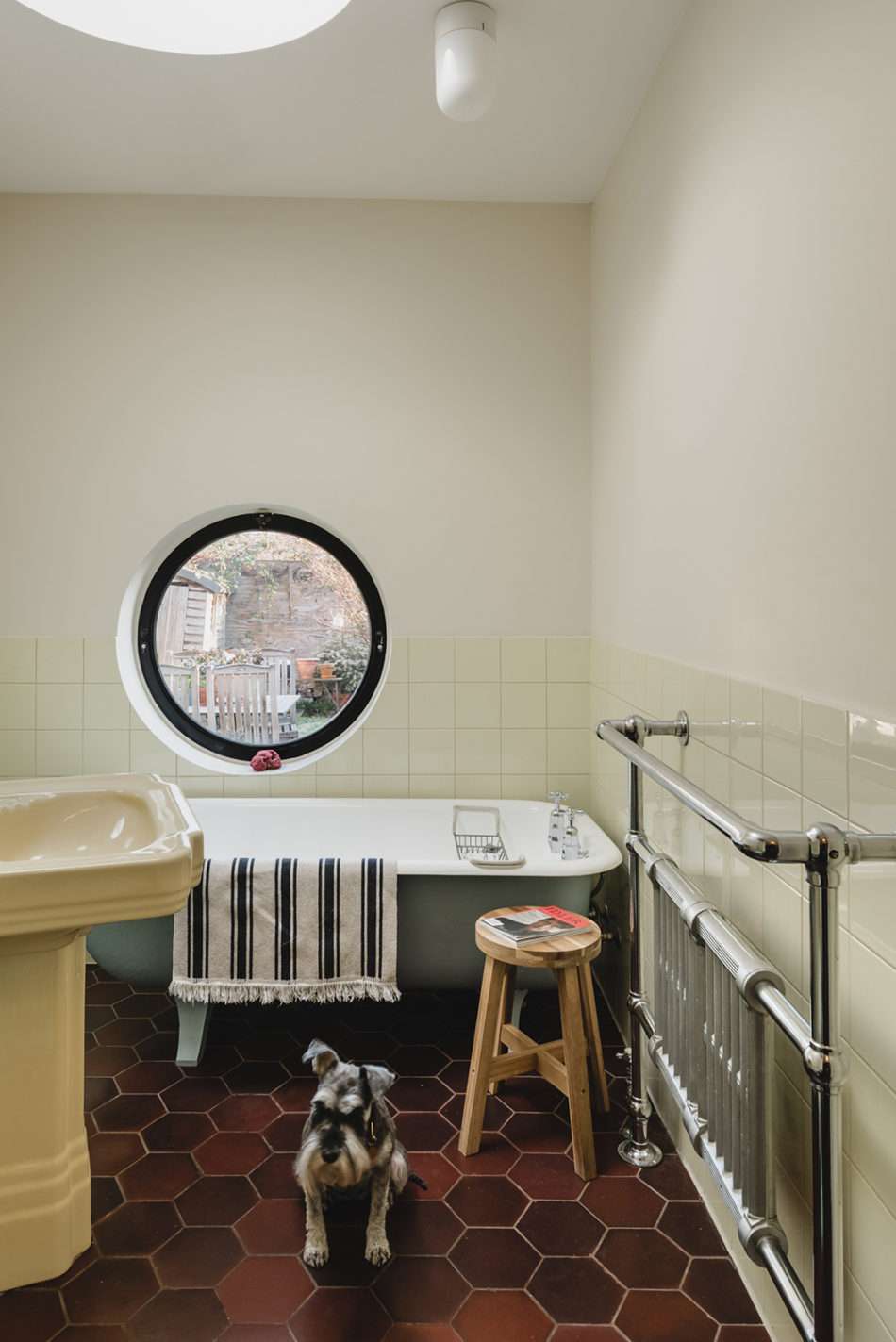
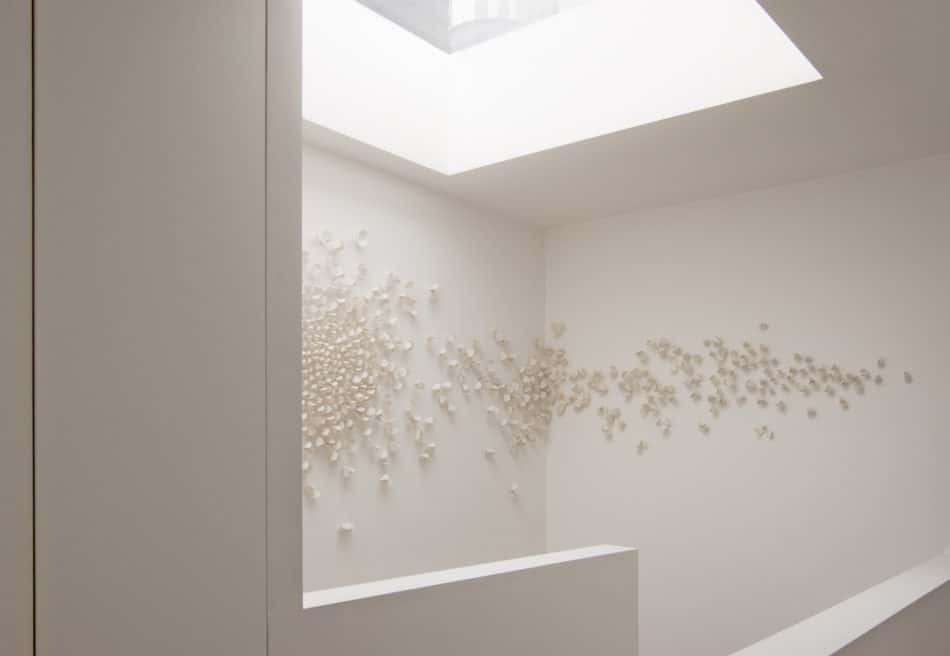

How to increase the value of your home? It’s a million-dollar question (quite literally, in some cases) and one we feel confident in assuming every homeowner has asked themselves at one point. As many people’s primary financial asset, the opportunity to see a greater return on a house at the point of selling than the gradual uplift the property market can deliver is an alluring prospect.
And while engineering a financial
uplift on your home is rightly of key consideration, we’d argue it’s not the
only way to increase its value. A home’s ability to take care of you, nurture
your wellbeing, provide a place of sanctuary and facilitate modern living –
from a riotous dinner party to a morning yoga session – contributes its
greatest value to your life while you own it.
However you’re looking to increase the value of your home, we believe implementing thoughtful design is the way to go about it. A good architect is one that understands and facilitates the various ways of adding value, and will work to make your home a better, more enjoyable place to live, while hopefully adding some extra 0s to your home’s sale price when you come to sell. Here, we seek the council of Office S&M and William Tozer Associates architecture practices for their advice on the matter.
Think before you buy
The first consideration of increasing the value of your home comes before you’ve even bought one. When moving, think about the reasons for the move and decide what’s important to you. Are you looking to enact your architectural vision on a dilapidated wreck that will quadruple its sale value? Or are you desperately in need of more bedrooms to accommodate your growing family and can’t face a project? How you respond to those sorts of questions will determine whether it’s the financial or lifestyle value your purchase will reward you with.
If it’s a greater financial reward
you seek, architecture practice Office S&M have some sage advice. “Essentially,
increasing a house’s value through the works you do is by ensuring the amount
you increase the value by is more than the amount you spend,” they explain. “This
often relies on having bought somewhere with inherent potential and the ability
to raise its value – a newly done up flat in Chelsea isn’t going to have as
much potential as a two-up two-down fixer-upper in Homerton.” It may seem obvious
but keeping in mind simple economic principles like this will help you stay
realistic about what you can achieve.
Wise Up
While on the subject of staying realistic, it also helps to have your plans fact-checked by someone in the know. “There are numerous guides to the cost of extensions, renovations, and new builds, such as Home Notes or the New London Architecture’s Don’t Move, Improve! Awards,” says Office S&M.
“A professional’s view on cost and value should be your go-to-guide to making the most of a renovation. Trust their experience, and be honest and clear with your budget, so that its impact can be maximised. At the same time, talk to an agent about what your area is like, and check out neighbours who have extended to see what their homes are now worth.” If you’re looking for an estate agent, we know a good one.
Space: quality
Ok, so you’ve thought about your purchase, you’re clued-up about what you can achieve, you’ve set a budget and commissioned an architect. The thing you’re now going to want to concentrate on is the actual space you have to work with, but perhaps not in the way you first think. As an agency representing exceptional homes across the country, we know first-hand that the power of design is such that the simple ‘greater sq ft = greater price’ formula doesn’t always add up.
“Maximizing floor area is usually the
most reliable way to add monetary value to a home,” says William Tozer
Associates, “but in markets like London the value of interior spaces can vary
largely based on quality, so concentrating a budget on less space can sometimes
be more prudent.”
“If the scope of a project encompasses extensions and renovation and reconfiguration of most of a house, it can also be sensible from a monetary perspective to not leave any of it untouched by the renovation, so that it is perceived as an entirely new home.” The lesson here is that, it’s not just the amount of square footage you can find, but the quality of that space will add value, both to your life in it and come selling time.
Space: quantity
But even we are willing to concede that, at the most basic level, the price you can demand for your home largely comes down to how big it is. But where you choose to do this matters, and will affect the return on your investment.
“In general terms, reconfiguration
and renovation of existing interior space tends to be the most economical type
of construction work, and the cost of extension work is usually less expensive
at roof level than at ground level, where ground works are comparatively costly,
while extending underground is the most expensive. If designed well, the finished
value of extension work at any floor level is likely to be comparable,” are the
wise words of William Tozer Associates.
“Make the most of the space you
already have,” says Office S&M. “There are ingenious ways of making more
out of less, and this comes down to carefully surveying and designing with the
space that is already there.
“Sneaking in a shower under the stairs – which we did in Janus House, an extension to a terraced house in Walthamstow – or storage in an unused pocket of space is incredibly valuable to daily life, and can eke out a few more square feet. Thinking in three dimensions with an architect has the opportunity to bring out even more, with double-height spaces, connections between floors, and roof lights really transforming the feel of cramped, disconnected, or dark spaces and making them really liveable as well as adding to the size of a property.”
Bang for your buck
Even if you’re not looking to flip your house in two years for a big profit, considering how much you’re going to spend on your home should be an important consideration. You may have found your ‘forever’ home that you can’t ever imagine leaving, but ask yourself, is a Carrara marble kitchen top really going to improve the quality of your life that much more than, say, a beautifully grained oak one would?
“While our clients primarily commission us to design their homes in order to enhance their quality of life, we are very conscious that for most people this also needs to be achieved through prudent financial expenditure,” says William Tozer Associates. “At the outset, we encourage our clients to try to parse out what they are hoping to achieve from what they assume will be the solution. We do this fundamentally to allow us to think laterally about different ways these goals might be achieved but also because we are often able to propose a more economical scope of work to achieve the goals of their brief.”
“We’ve specified lights that cost
£1,000 and lights that cost £2. It’s not about budget, it’s about design, and
good design doesn’t have to cost more – in fact, it often costs less,” says
Office S&M. “These things might take more time to find, but often talking
to a designer can be a shortcut to these sorts of savings. Some of this is
about budget, but sometimes it’s about ideas.
“We’re interested in looking at design in a different way, and re-valuing things that are often ‘verboten’ in design. For example, we use IKEA lighting because we find their designs are an industrialised form of domestic design. Their normcore nature means you could specify them in virtually any part of the world and they would look the same. At the same time, we think their low cost, good quality, and contemporary aesthetic means that they deserve to be re-evaluated as a design option.
“We like to use every day affordable materials in unusual and surprising ways. By carefully thinking about how they are installed, detailed and combined with other materials, we are able to elevate these materials and make them unrecognisable. In Janus House for example, we used a very cost-effective and durable spray-on rubber material, which is most commonly used on oil rigs, to make the structure watertight. This unusual industrial material, Prokol polyurea, was chosen because of its low cost, seamless finish, and contrast with the existing brickwork of the terraced house.”
Design for wellbeing
Not only will making your home a more functional, beautiful and considered space a more pleasurable one to live in, it will also, with a bit of luck, have the added benefit of commanding a higher sale price. As William Tozer Associates explain, “Architecture is a form of art practice, and so the design of a client’s home can have all of the same range of effects on them as a painting, sculpture or installation – to inspire, delight and promote contemplation and reflection. Just like any other form of art, architecture can shape its users view of the world—whether they are our clients, or others who visit or observe their building.”
Of course, designing a space that delivers a greater sense of inspiration, delight, enjoyment and wellbeing is an inherently personal investigation, and could take myriad different forms. But there are some guiding principles to making your home a better place to be, and one of them is light and colour. “Colour can change how light, or warm, or even how big a space feels,” says Office S&M. “We use complementary colours to make spaces feel bigger, and, at the same time, a lick of paint is an incredibly cheap way of doing this. With tight urban sites, roof lights are a great way of bringing better natural lighting into a space. But this is light from the bluest and coldest part of the sky, so we often paint roof lights a warm colour in order to warm up the natural light which is reflected into them.
“Janus House uses warmer yellows to
soften the harsh exterior, and also warm up the light from the rooflights. Some
of our clients are initially worried about using anything other than
magnolia, due to the possibility of selling in the future. The view being that
the more generic the design of the space, the wider the appeal. But that
approach is not likely to attract individuals who really love the space, who
might spend extra on the place. After all, you only need one buyer to sell a
house!
The next thing to think about is your home’s connection to nature and the use of natural materials. “Along with light and colour, planting can make a huge difference to a space. We’ve all heard about ‘bringing the outdoors in’ through windows or glazed doors, but actually having planting inside can create a much better feeling of wellbeing.
“Exposed materials are a key part of many wellbeing principles, both because of their more naturalistic look, and because they often create less off-gassing and a better internal acoustic environment. This doesn’t necessarily mean it’s all exposed brick and raw timber, we think there are many of these qualities in unfinished plaster, recycled plastics, and natural rubber. Then there’s circadian lighting which matches to the lighting cycles of the day, and passive ventilation, to ensure good air quality.” However you choose to go about increasing the value of your home, we hope that this guide has proved useful and inspirational. And, whether you’re at the end of a major renovation, or want some advice about how to best approach a new project, our friendly team of appraisers are on hand to help you maximise the value of your home.
